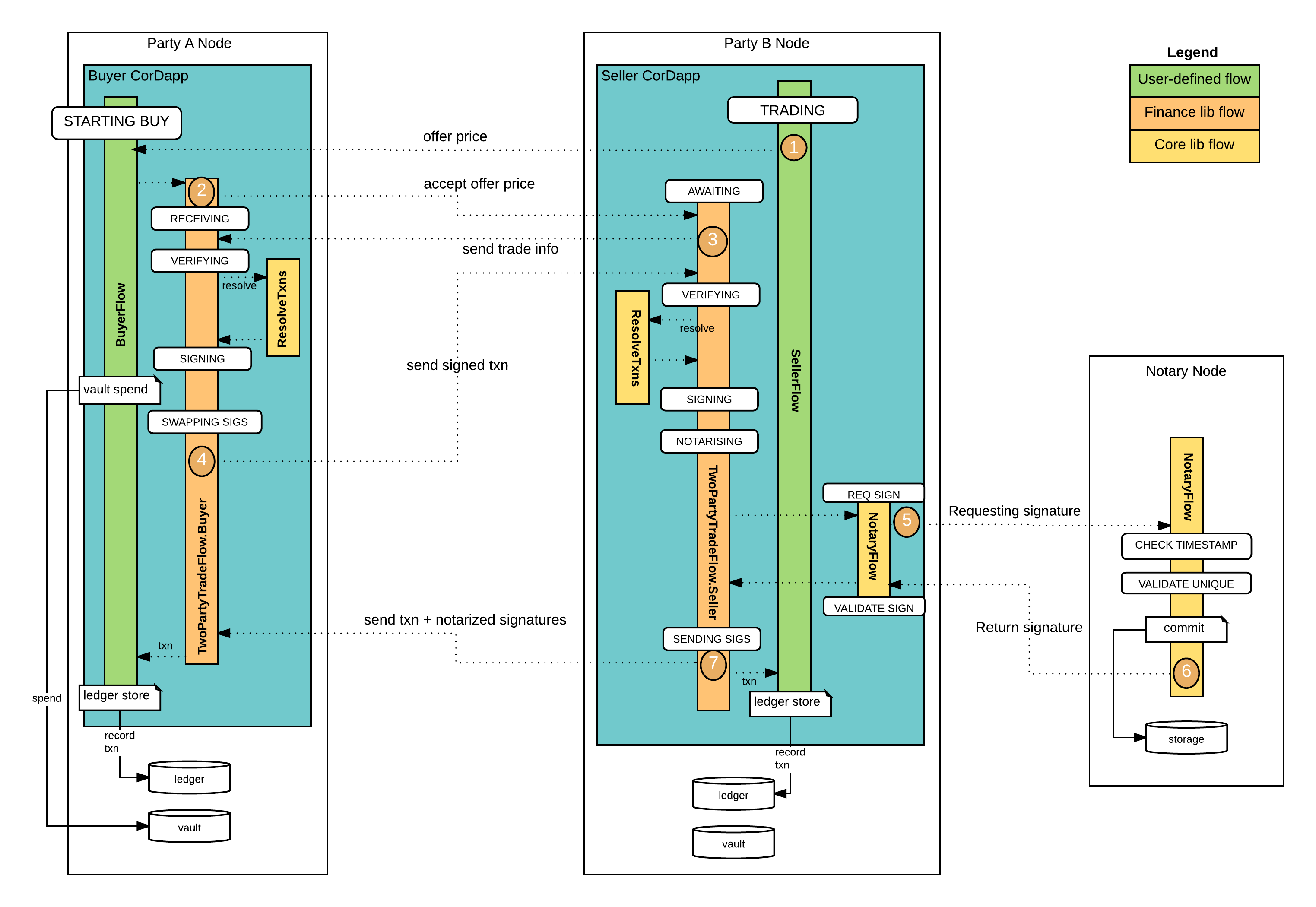First draft Re-structured Key Concepts; added plenty of diagrams; additional content. Added references to other security docs. Re-structured Key Concepts; added plenty of diagrams; additional content. Added references to other security docs. Updated information, indexes and images. Incorporated feedback from PR review comments (RGB, RW) Reformatted diagrams and incorporated feedback from PR reviewers. Addressed formatting problems. Updated Flow Framework diagram Added colour coding to Flow Framework diagram to aid readibility. Small clarification to vault unconsumed state usage. Added tutorial reference as suggested by RGB Updated TOC tree. Updates following PR review comment from Roger First pass updates following PR review comments from MH. Further updates following PR review (including 2 edited diagrams) Diagram changes and minor text edits following review with MGB Remove unused diagrams. Fixed spurious indentation errors. Changes following review and feedback from JD. Added clauses and merkle-trees back into TOC. Added small sub-section on transaction representation in Data Model. Added future work as note in Vault. Minor updates to diagrams following MH review. Updated Corda Ecosystem diagram. Minor changes to Core & Financial docs following PR review by MH. Updated following review by MBG.
2.4 KiB
Flow framework
In Corda all communication takes the form of structured sequences of messages passed between parties which we call flows.
Flows enable complex multi-step, multi-party business interactions to be modelled as blocking code without a central controller. The code is transformed into an asynchronous state machine, with checkpoints written to the node’s backing database when messages are sent and received. A node may potentially have millions of flows active at once and they may last days, across node restarts and even upgrades.
A flow library is provided to enable developers to re-use common flow types such as notarisation, membership broadcast, transaction resolution and recording, and so on.
APIs are provided to send and receive object graphs to and from other identities on the network, embed sub-flows, report progress information to observers and even interact with people (for manual resolution of exceptional scenarios)
Flows are embedded within CorDapps and deployed to a participant's node for execution.
Note
We will be implementing the concept of a flow hospital to provide a means for a node administrator to decide whether a paused flow should be killed or repaired. Flows enter this state if they throw exceptions or explicitly request human assistance.
Section 4 of the Technical white paper provides further detail of the above features.
The following diagram illustrates a sample multi-party business flow:
Note the following:
- there are 3 participants in this workflow including the notary
- the Buyer and Seller flows (depicted in green) are custom written by developers and deployed within a CorDapp
- the custom written flows invoke both financial library flows such as
TwoPartyTradeFlow(depicted in orange) and core library flows such asResolveTransactionsFlowandNotaryFlow(depicted in yellow) - each side of the flow illustrates the stage of execution with a progress tracker notification
- activities within a flow directly or indirectly interact with its node's ledger (eg. to record a signed, notarised transaction) and vault (eg. to perform a spend of some fungible asset)
- flows interact across parties using send, receive and sendReceive messaging semantics (by implementing the
FlowLogicinterface)
